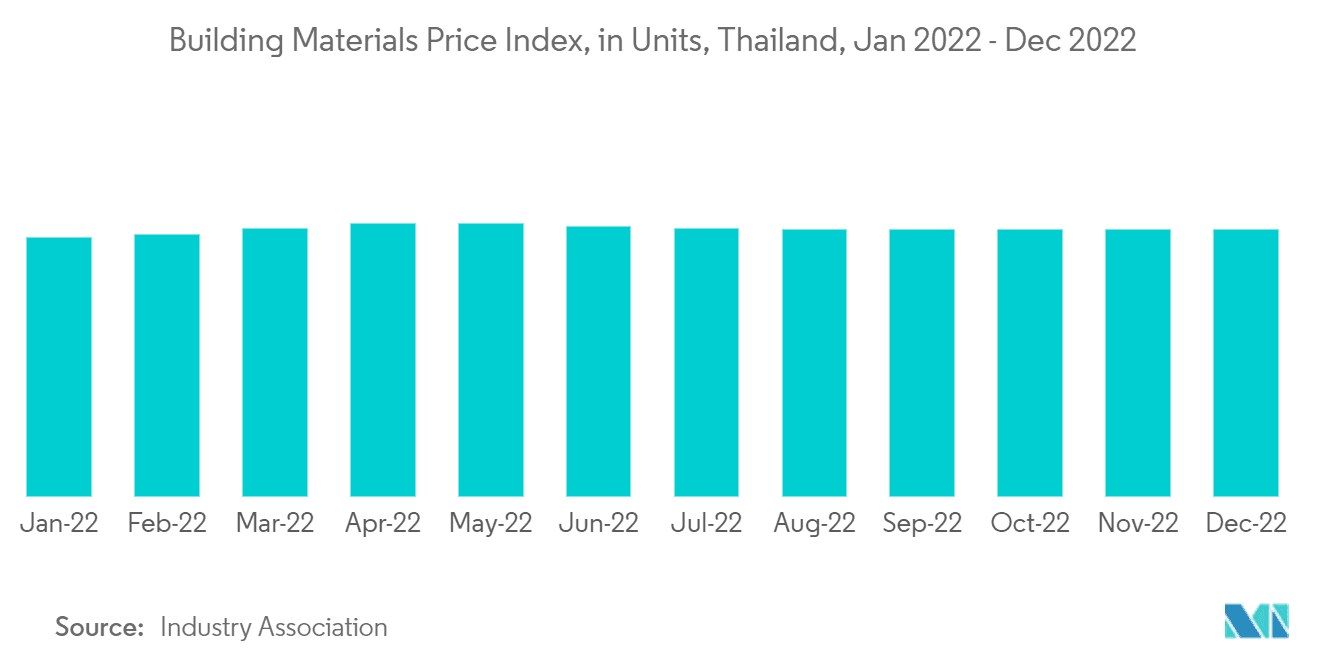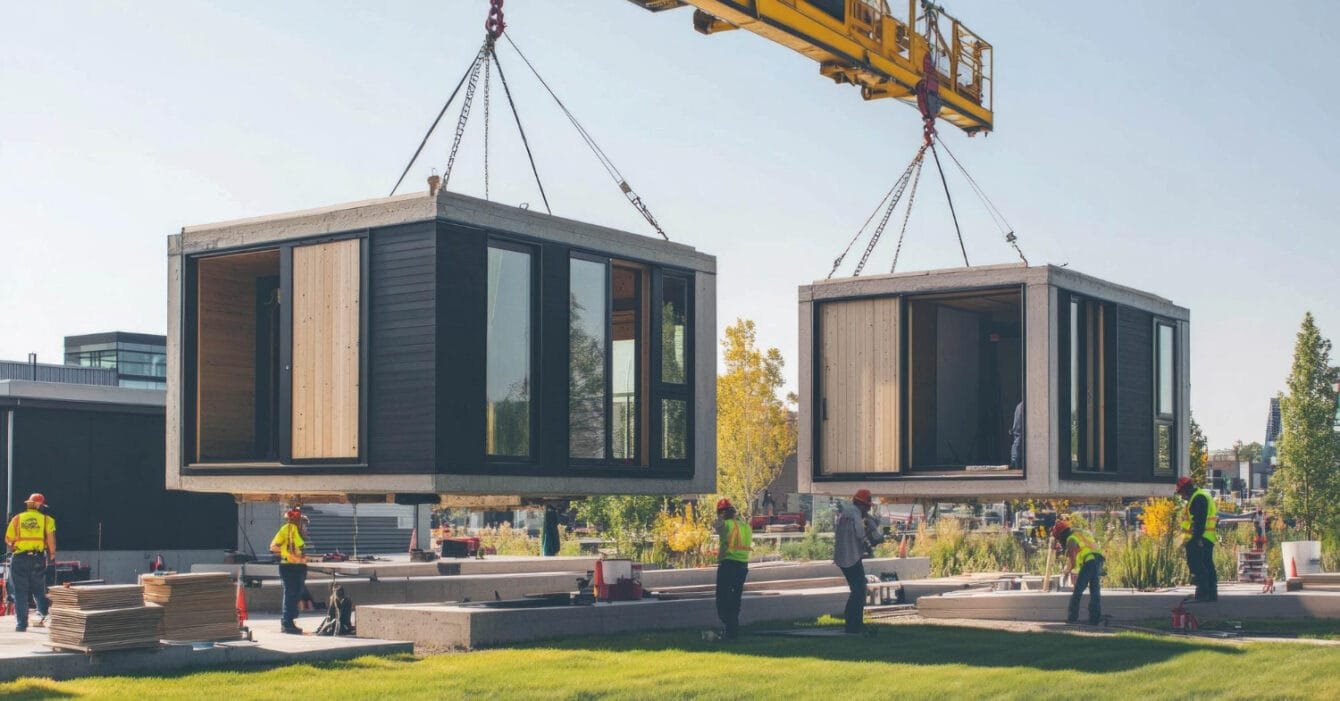Modular construction is reshaping Thailand’s building industry. With rapid urbanization and a growing demand for sustainable solutions, developers are turning to modular techniques to save time, reduce costs, and minimize waste. This innovative approach is driving economic growth and addressing labor shortages while meeting the country’s infrastructure and housing needs. So what are the Thailand Modular Construction Trends now?
Why Thailand Modular Construction Trends are Trending
Firstly, let’s find out why there are even Thailand Modular Construction Trends. The modular construction market in Southeast Asia, including Thailand, is projected to grow at a 6.2% CAGR from 2021 to 2028. This surge is fueled by urban expansion, infrastructure development, and government initiatives like Thailand 4.0, which promotes innovation in construction.
In 2022, Thailand saw a 15% year-on-year increase in modular projects, especially in residential and hospitality sectors. The government’s commitment to addressing housing shortages has further accelerated this trend. By adopting modular construction, Thailand is ensuring faster, more efficient building processes while reducing environmental impact.
Thailand Modular Construction Trends: Speed and Cost Efficiency
One of the biggest advantages of modular construction is speed. Studies show that modular techniques can reduce project timelines by 30-50% compared to traditional methods. This is particularly important for Thailand’s fast-growing urban centers, where meeting housing and commercial space demands is a priority.

Cost efficiency is another major benefit. Modular construction can lower costs by 10-20%, thanks to streamlined manufacturing processes and reduced delays. In Bangkok, where construction costs are rising, modular techniques provide developers with a competitive edge, enabling them to deliver high-quality projects at a lower cost.
Tackling Thailand’s Labor Shortage
Thailand’s construction sector faces a labor shortage, with an estimated 200,000 workers needed to meet demand. Modular construction offers a solution by reducing the need for on-site labor. Since much of the work is done in factories, fewer workers are required at the building site, making construction more efficient and reducing dependency on manual labor.
By addressing labor shortages and improving efficiency, modular construction is helping Thailand meet its growing housing and infrastructure needs without compromising quality.
More Thailand Modular Construction Trends: Sustainability and Waste Reduction
Sustainability is at the core of modular construction. Traditional construction methods generate excessive waste, but modular techniques can reduce material waste by up to 90%. This aligns with Thailand’s push for greener development and resource conservation.
Another key sustainable material gaining traction is bamboo, known for its rapid growth and durability. By integrating bamboo and other renewable resources, Thailand is moving toward more environmentally friendly building practices while maintaining structural integrity.
Additionally, modular buildings are designed for energy efficiency, reducing long-term environmental impact. With Thailand’s increasing focus on sustainable development, modular construction is a critical step toward a greener future.
Modular Construction’s Role in Thailand’s Future
With an estimated 70 million square meters of housing demand annually by 2030, Thailand needs innovative solutions to keep up with growth. The adoption of modular construction ensures that projects are completed faster, more affordably, and with minimal environmental impact.
The government’s support for modular techniques, along with increasing private sector investments, signals a bright future for this construction method. As Thailand continues to urbanize, modular construction will play a key role in shaping cities. As a result, it will help reducing carbon footprints and making housing more accessible.
Thailand Modular Construction Trends are revolutionizing the building industry. By cutting project timelines in half, reducing costs, and minimizing waste, this approach is meeting the country’s infrastructure demands in an efficient and sustainable way. With strong government backing, increasing investments, and rising demand for eco-friendly solutions, modular construction is set to become a dominant force in Thailand’s construction sector. As the country moves toward smarter, more sustainable development, modular techniques will lead the way in building the future.

